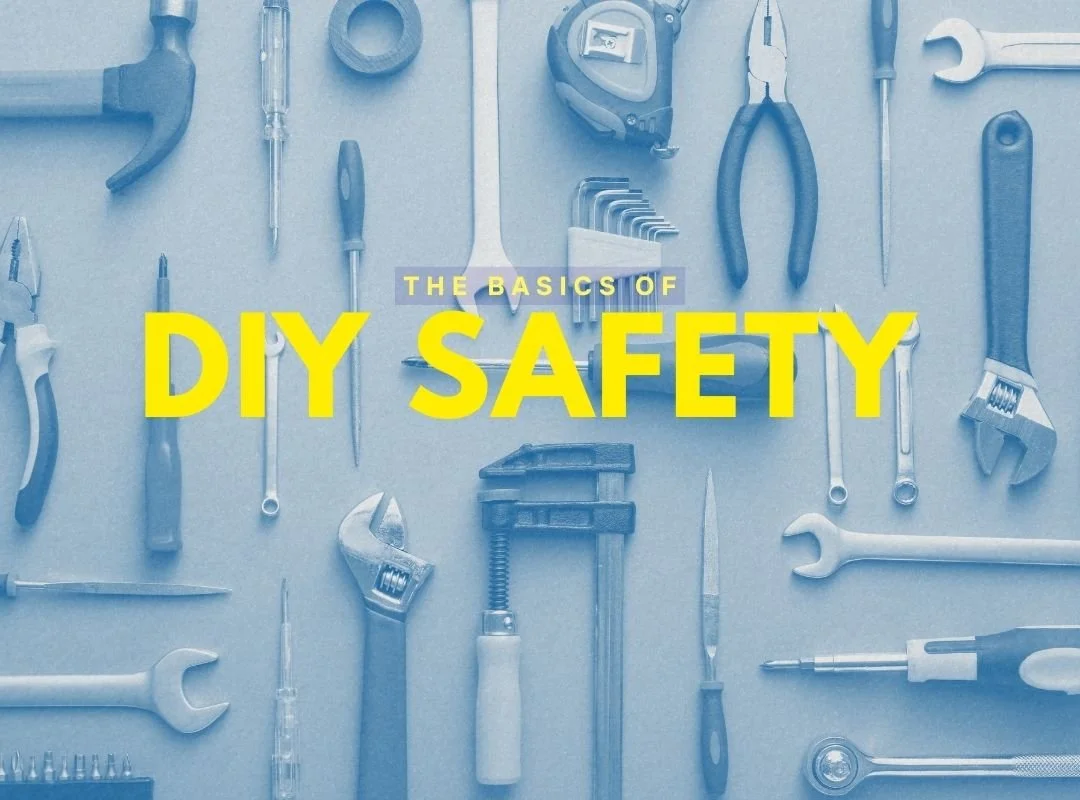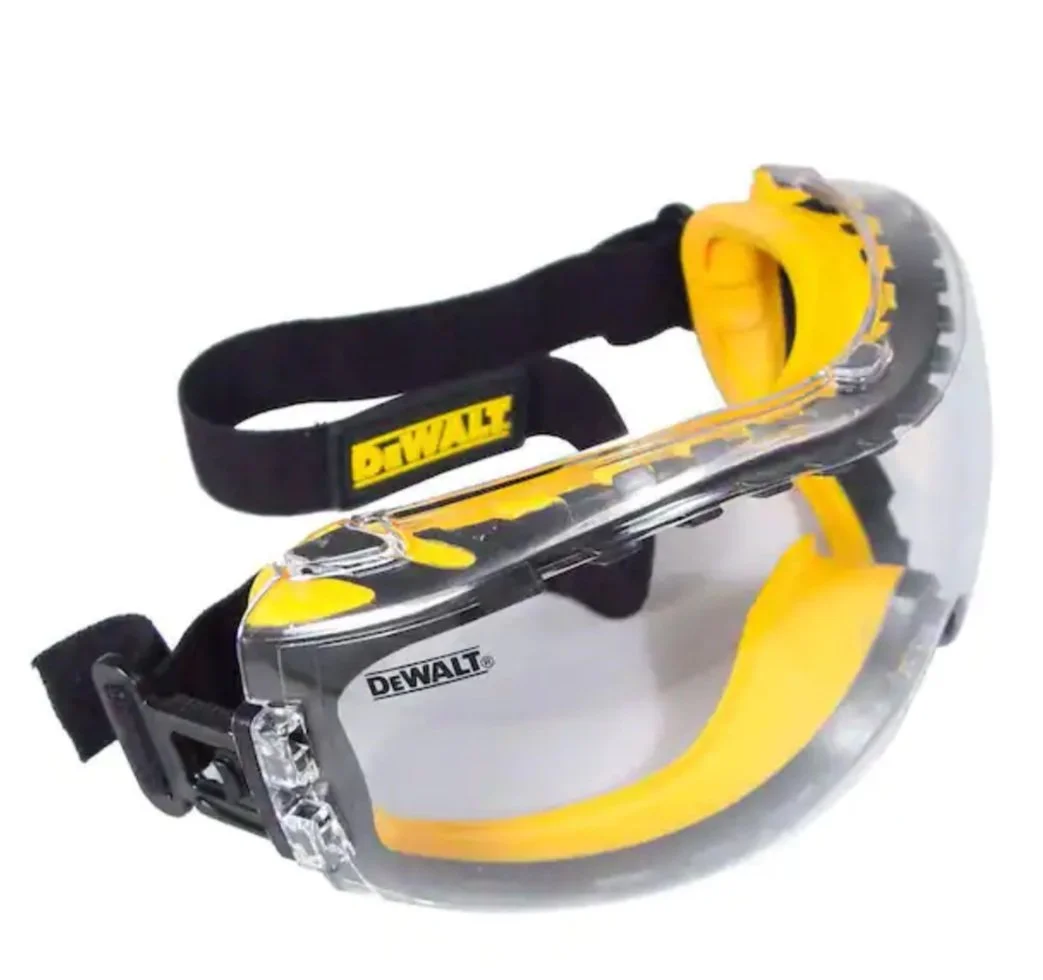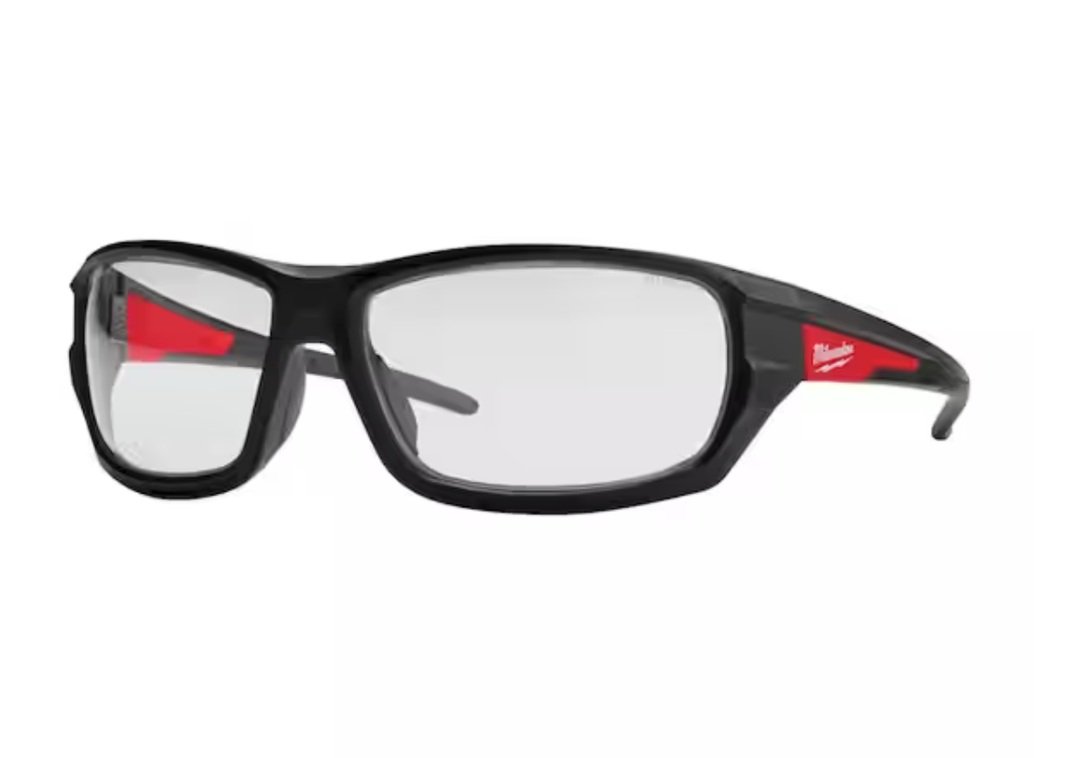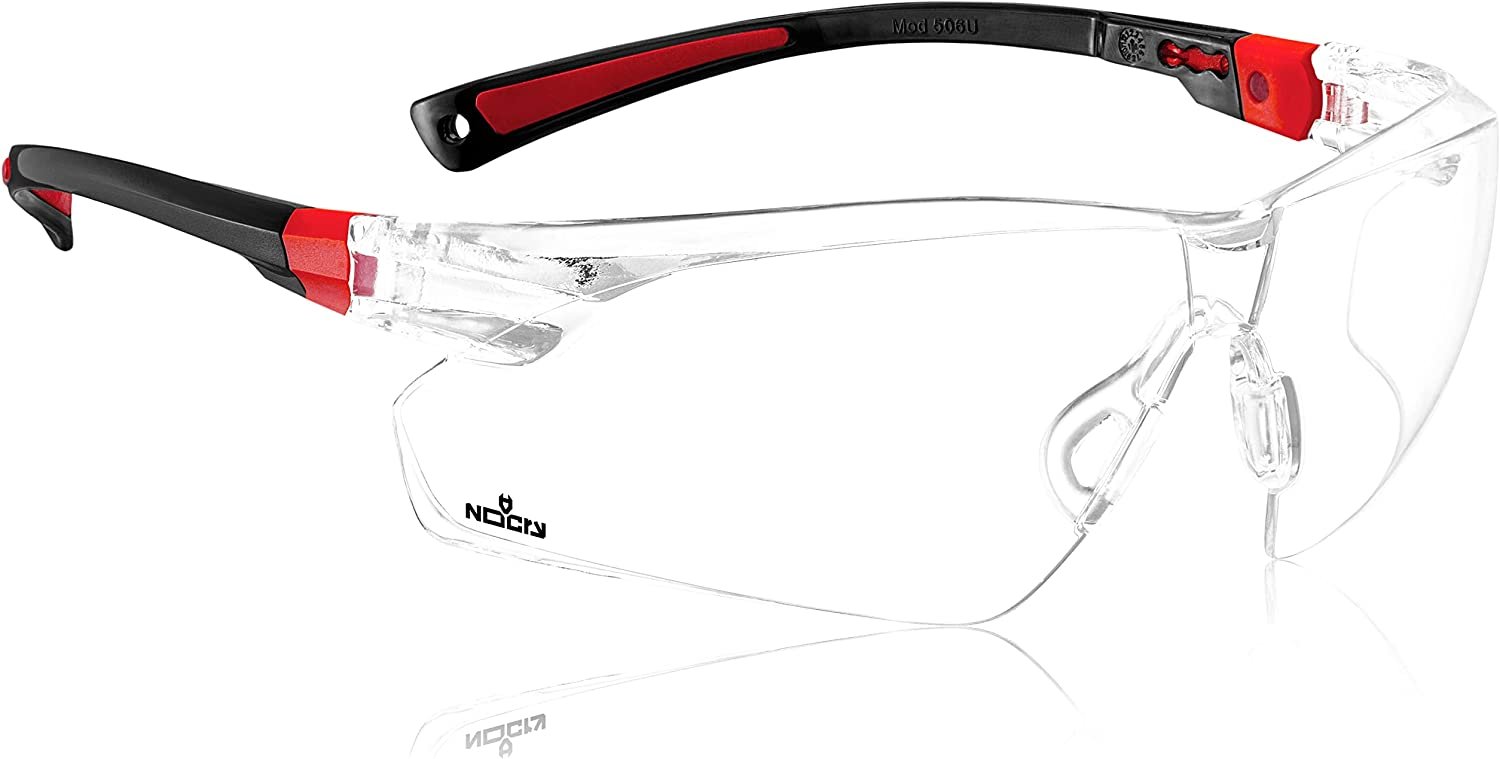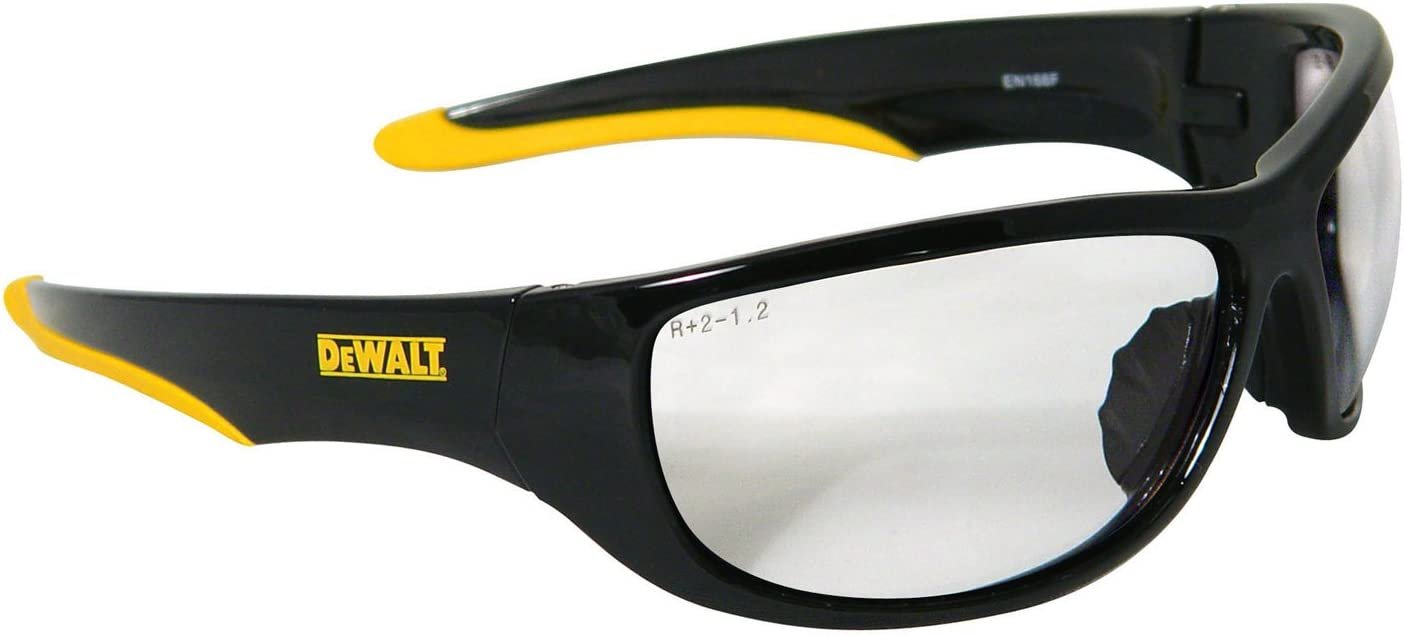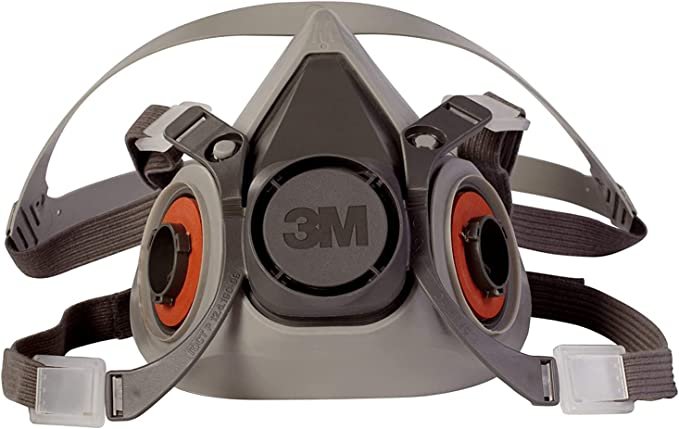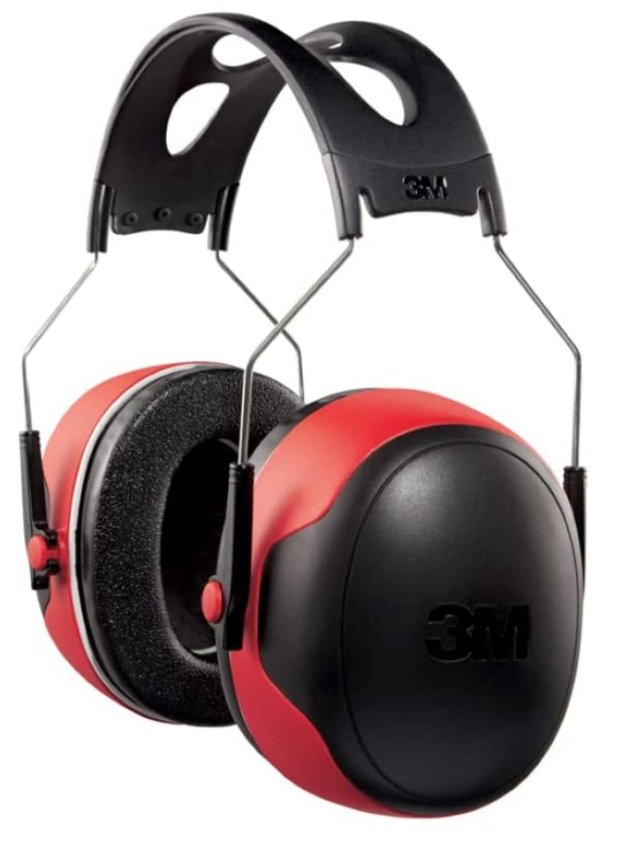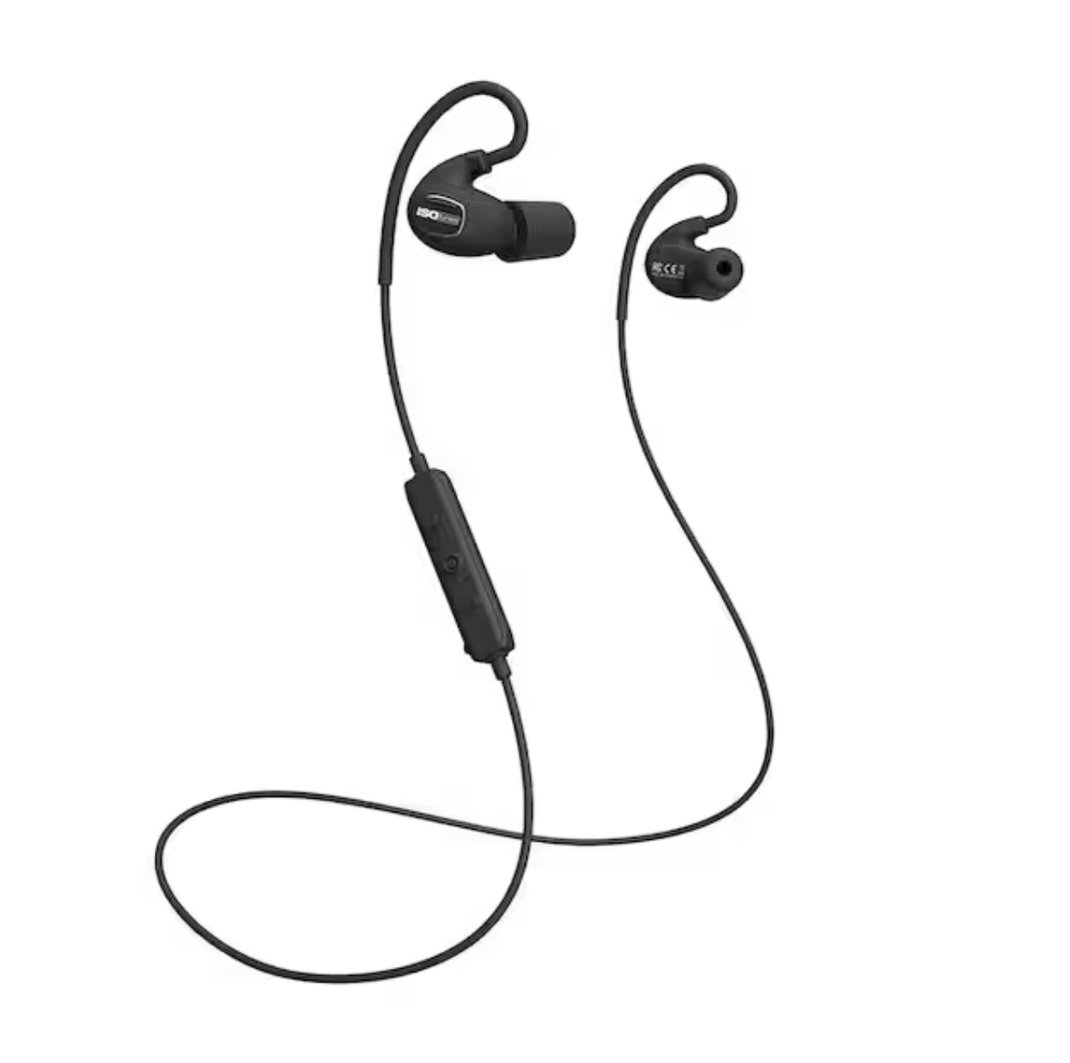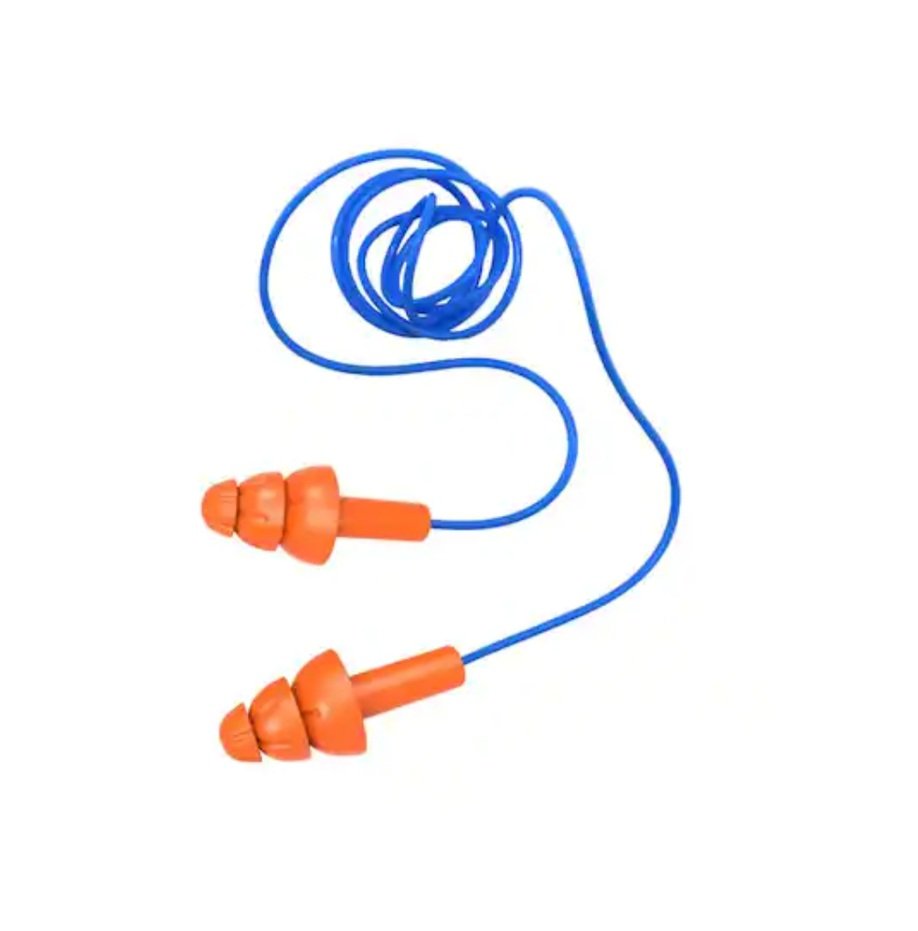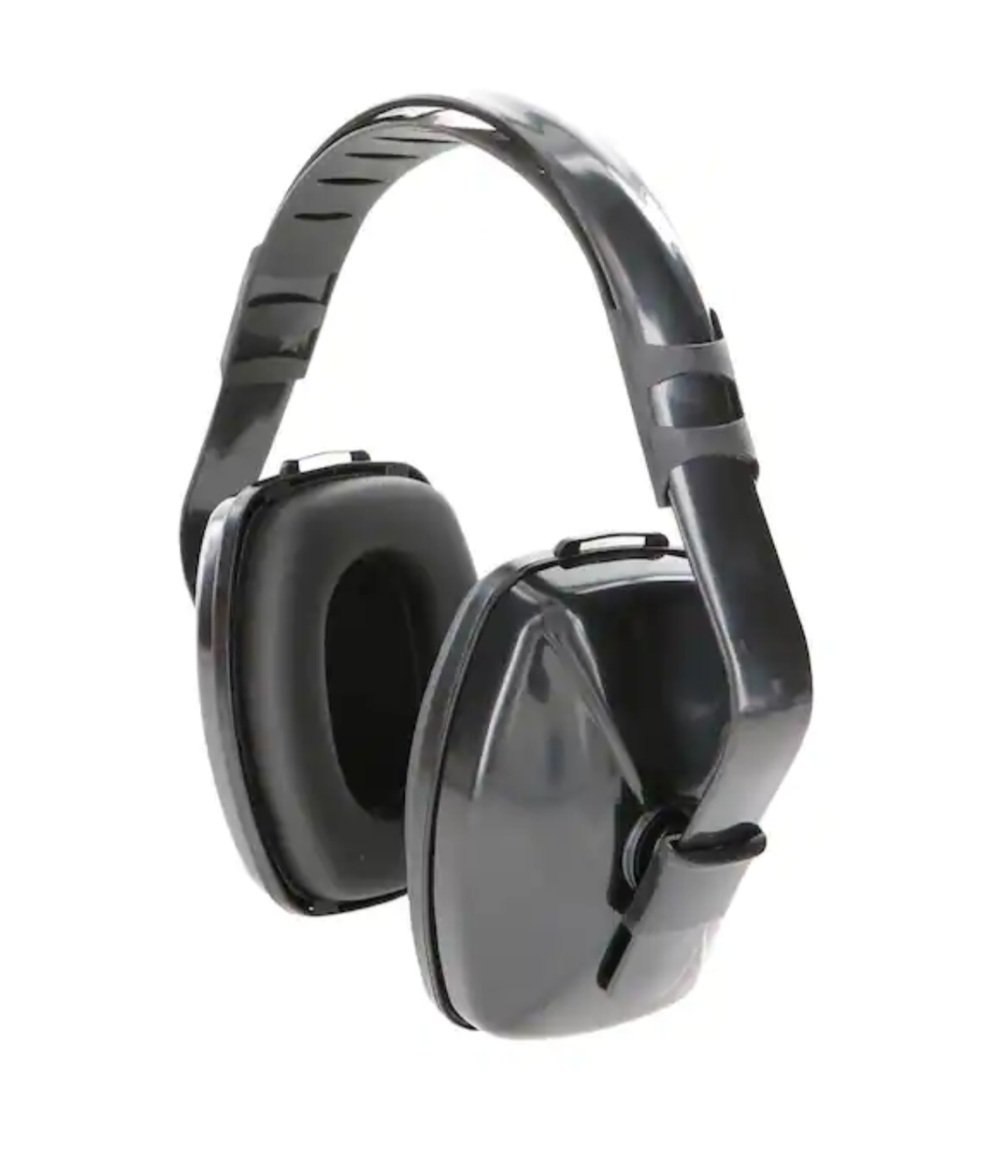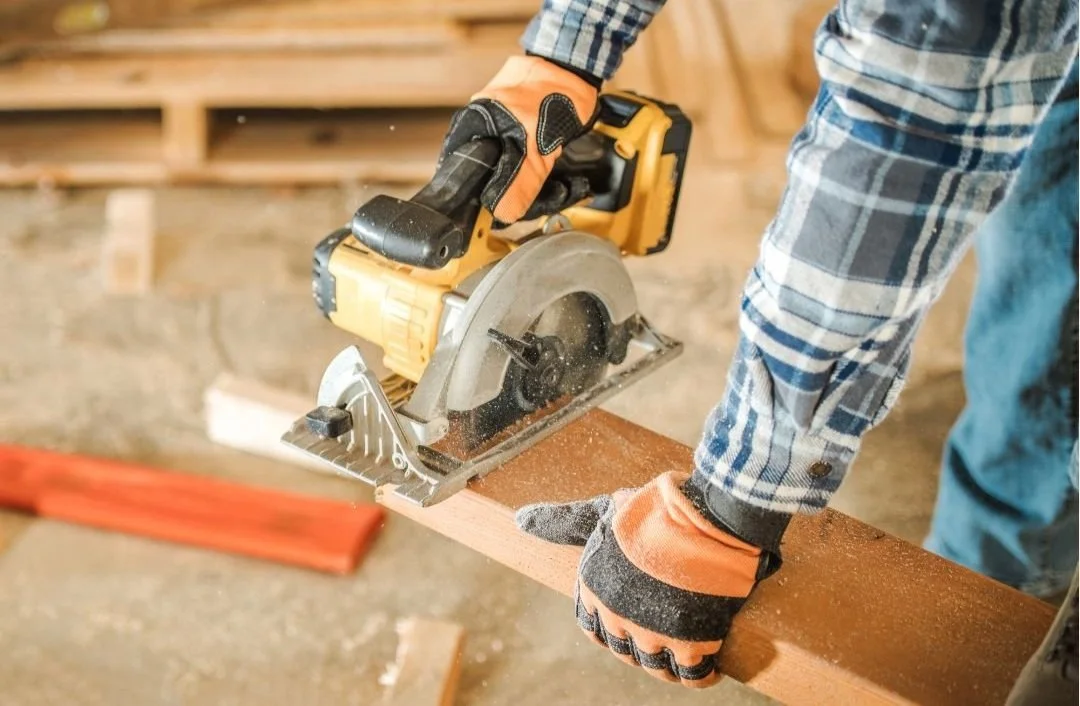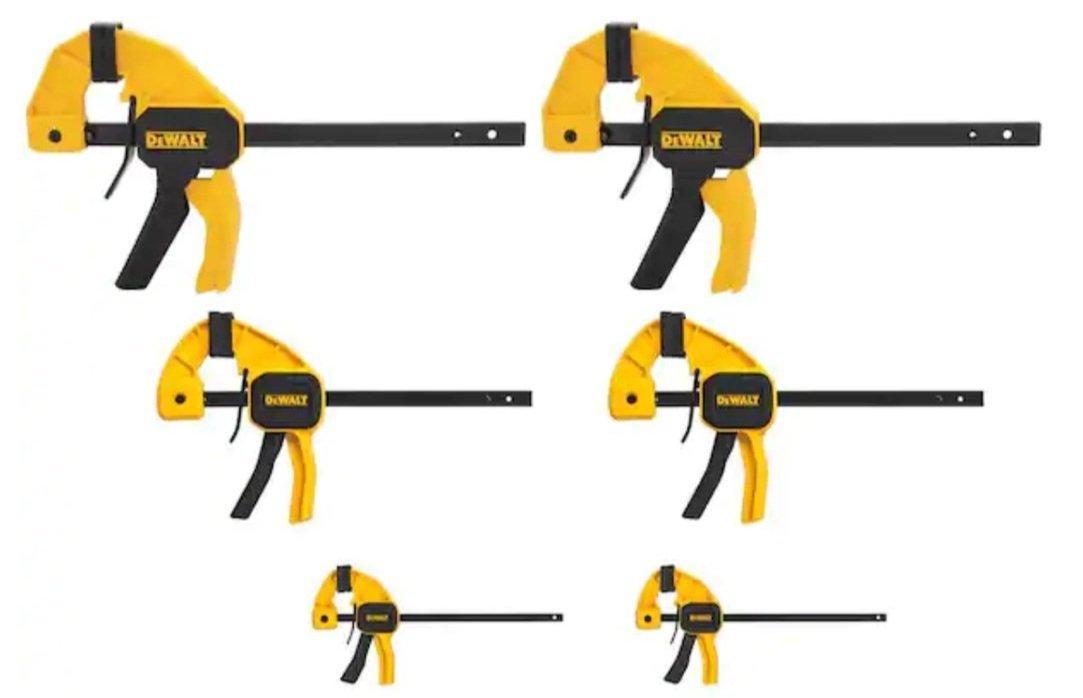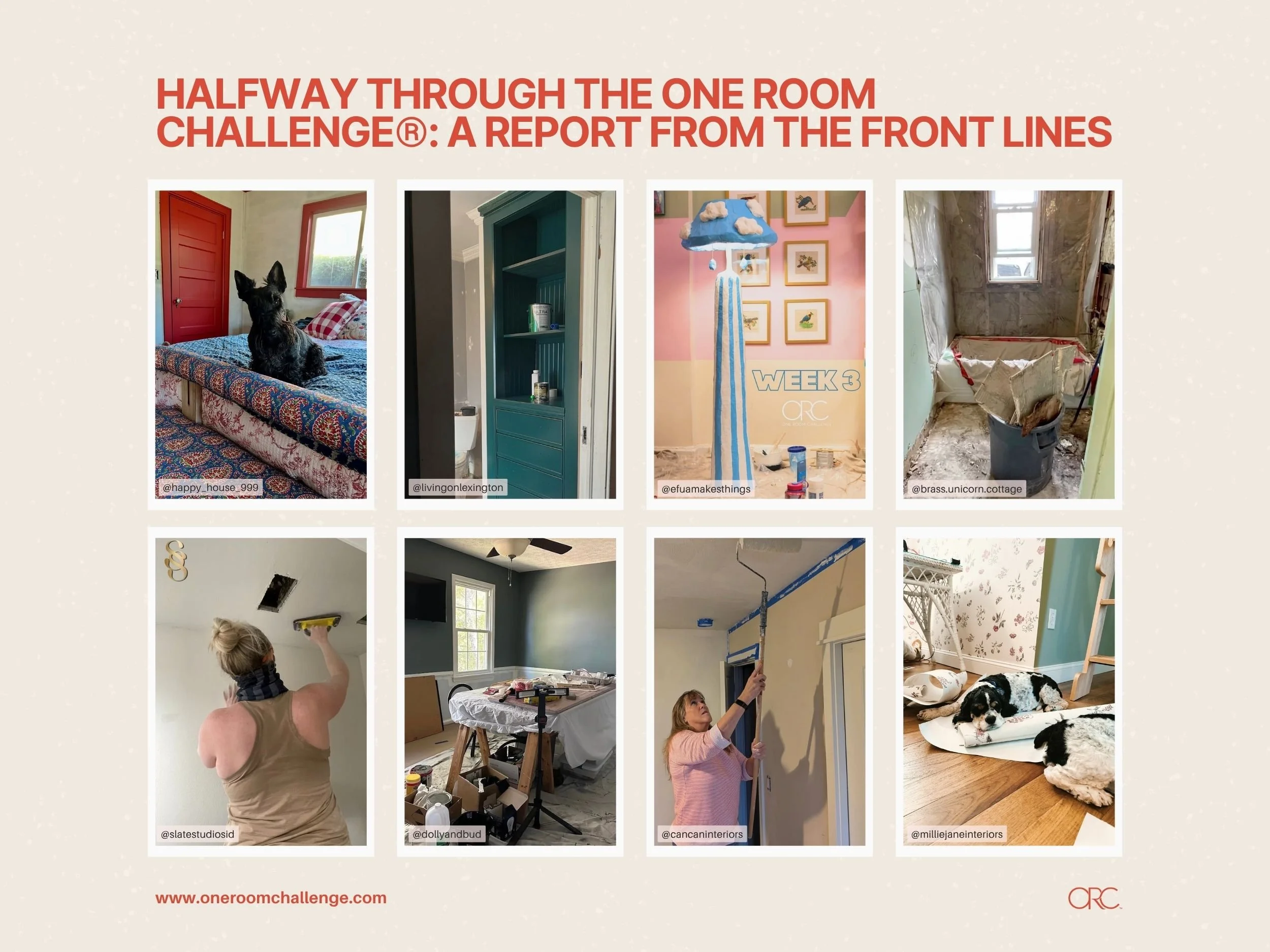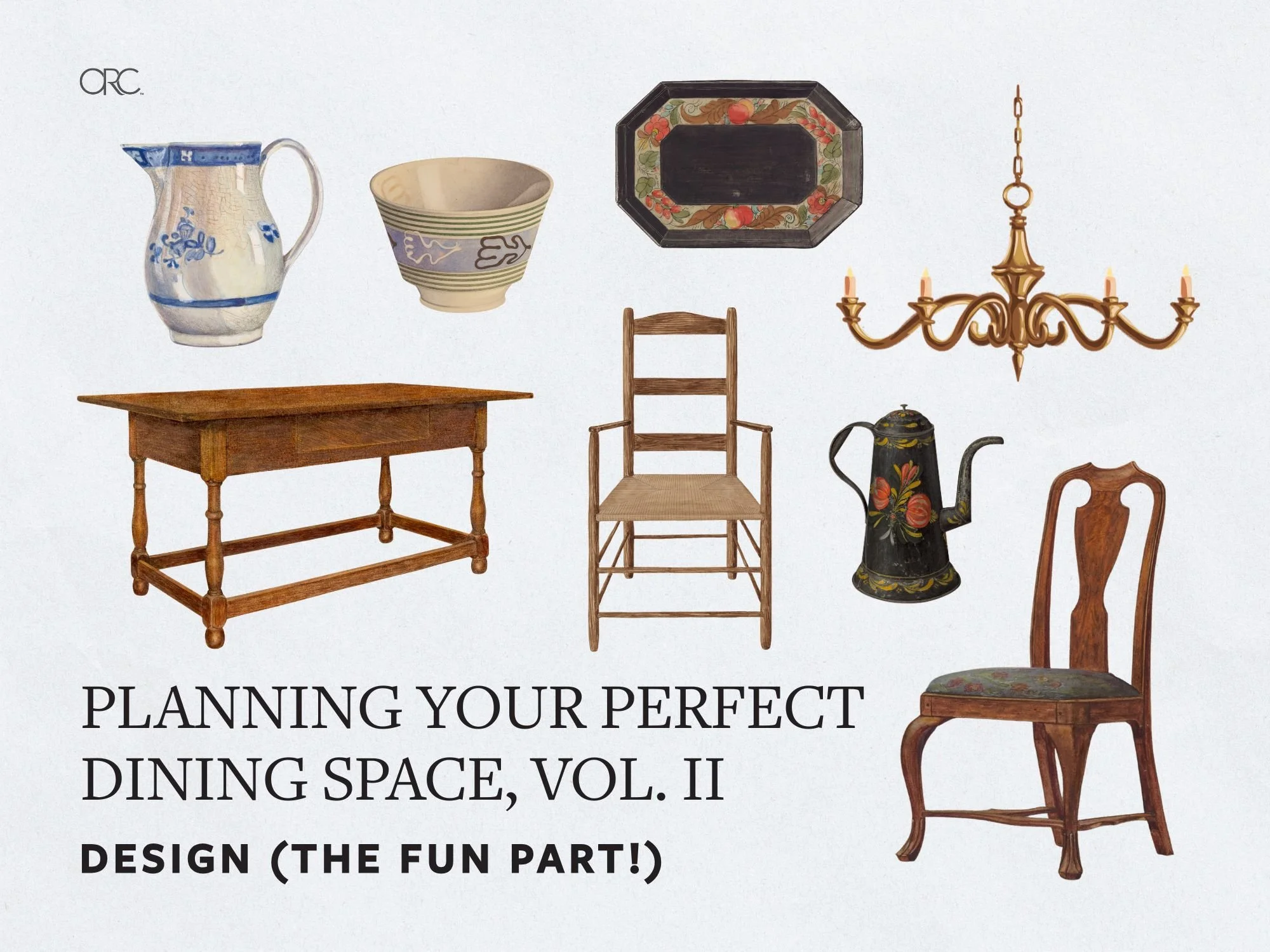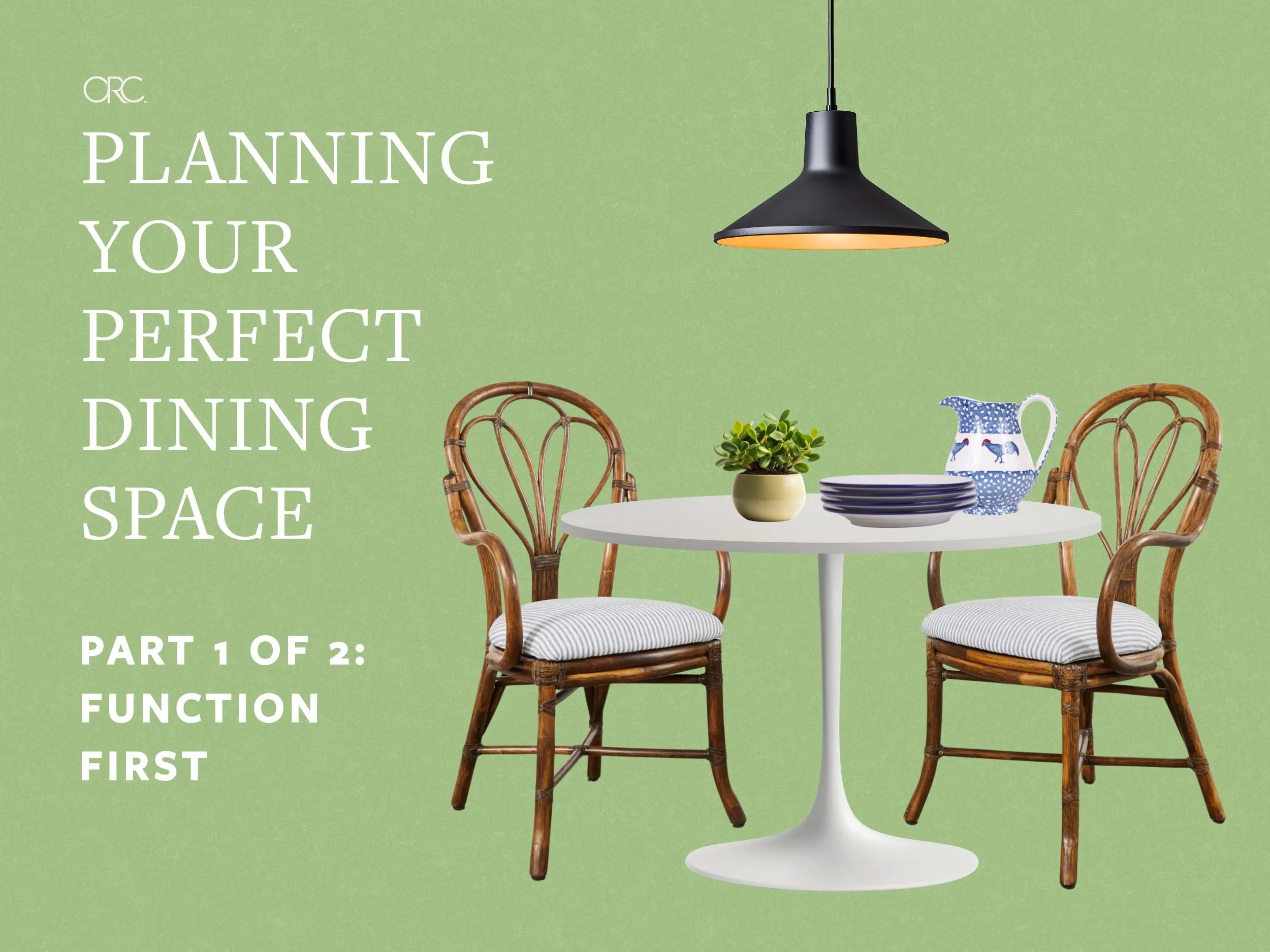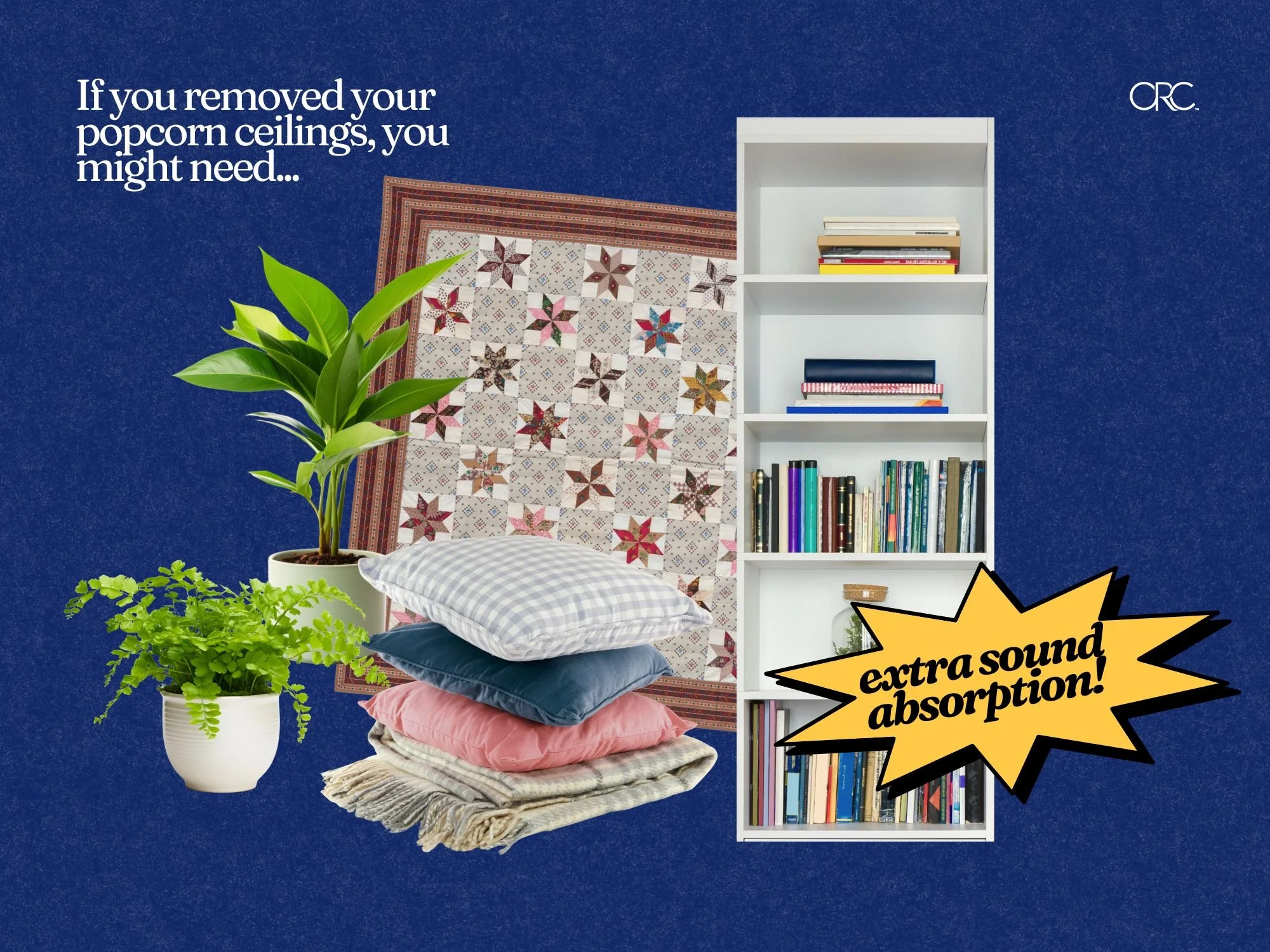DIY Safety 101: 8 Essential Safety Tips
STORY BY VIRGINIA BESHEARS
Whether you're a seasoned DIY enthusiast or just getting started, keeping yourself safe during projects should always be a top priority.
Before you grab your tools and dive into your next DIY project, check out our DIY safety guide, and make sure your DIY adventures are not only fun and rewarding, but also hazard-free.
Quality eye protection
There are a number of reasons why it’s a good idea to wear eyewear when working on almost any DIY project. Besides potential materials flying at your face (which, if the chance is non-zero, it’s always better to be safe than lose an eye), even tiny pieces of sawdust can scratch or irritate your eyes.
The very best eye protection will have no gaps on the sides or the nose to protect your eyes from microscopic dust as well as fumes.
Respirators & Ventilation
A well-fitting respirator with p100 filters is an absolute must-have for every DIYer.
Protecting your lungs is no joke. Fumes from materials like paint can cause headaches and dizziness in the short term, and chronic exposure can cause damage to your nervous system, liver, and kidneys. Dust kicked up by power tools or sanding can become embedded in your lung tissue and cause respiratory issues both short-term and long-term.
Proper ventilation is also a must, but should be used in conjunction with a respirator.
Ear protection
Power tools can get extremely loud. Besides the obvious fact that you should protect your hearing, wearing ear protection usually makes DIY projects much more pleasant.
Regular noise-canceling bluetooth headphones are better than nothing, but if you’re using power tools for more than a few minutes a day, it’s a good idea to invest in specialized ear protection.
Protecting your hands
See this guy in this stock photo wearing gloves while operating a circular saw?
Do not be like this guy.
You should almost never wear gloves while operating power tools, especially rotating saws (one of the only exceptions is a two-handle chainsaw). Thick work gloves diminish your spatial awareness, and if caught on the saw blade, will actually pull your hand into the blade rather than protect it. Work gloves can be the difference between a nick and a mangled appendage.
Likewise, you should never DIY while wearing jewelry or baggy clothes, and you should always pull your hair back if it’s long.
Only wear gloves if you’re using a material that would irritate your skin, like lacquer or paint thinner.
The actual best way to protect your hands is a good set of clamps. Clamps are better at holding your material steady than your hands are, and allow your hands to be out of harm’s way should your material move quickly for any reason.
Invest in a fire extinguisher
This one is self-explanatory, The chances of a fire are low, but it’s worth it to have one on-hand.
Maintain your tools and workspace properly
It’s slightly counter-intuitive, but a dull blade is much more dangerous than a sharp one. Sharpening your blades or swapping them out when they get dull is imperative to preventing injuries and accidents.
Additionally, a messy workspace is a dangerous one. Take the time to put scraps in the scrap pile, sweep or vacuum sawdust, and keep your cords tidy. The last thing you want while you’re carrying your brand new utility knife is a tripping hazard.

